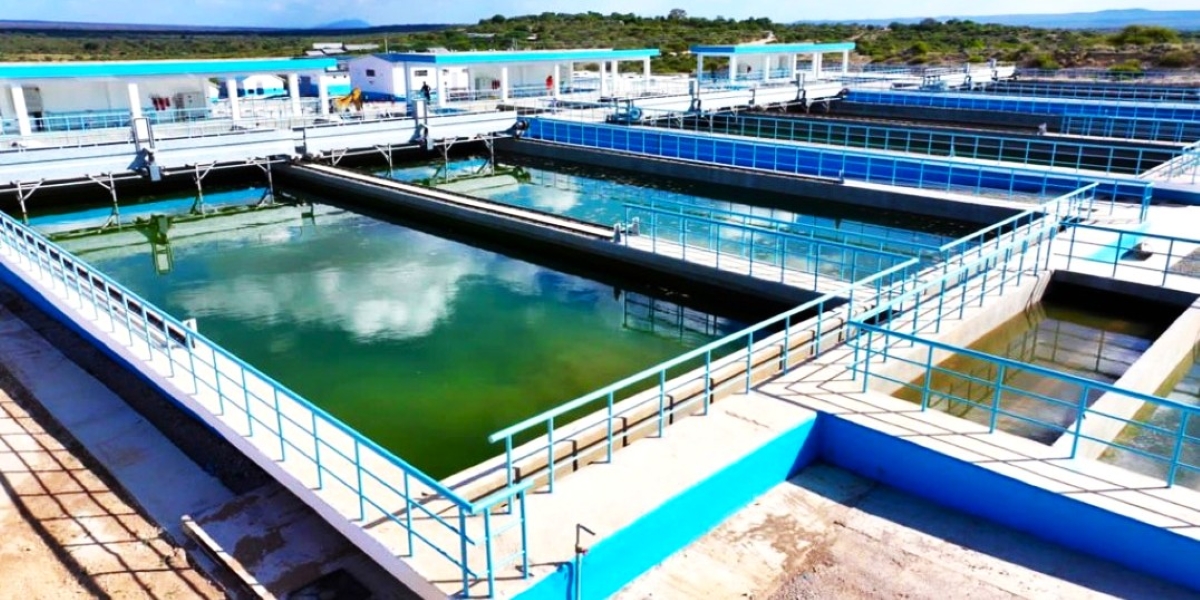New water project to serve 450,000 people in 40 villages of Mwanga, Same and Korogwe Districts
Same will no longer be the same again, with the just launched water project to cater for the district and its Mwanga neighbour in Kilimanjaro.
President Samia Suluhu Hassan has officially inaugurated an ambitious water project to serve three districts mapped within the Kilimanjaro and Tanga Regions in the Northern Zone.
“These areas do not have many water sources. It is therefore to hear that the project can yield more than 51.6 million litres per day providing the essential commodity to thousands of residents,” said President Samia.
The Head of State laid the foundation stone for the Same-Mwanga-Korogwe water project which is reported to have a total production capacity of 103 million litres of water.
“Usually it is women and girls who suffer when water becomes scarce, we are now sure that female school girls can now have ample time to study instead of trekking long distances for water,” she said.
Retired Prime Minister, Cleopa Msuya attended the event.
The Kilimanjaro Regional Commissioner, Nurdin Babu said the project which was initiated since 2014, had stalled for years until President Samia ordered its resumption and completion.
It addresses clean and safe water distribution and processing systems to supply the vital life commodity to around 450,000 people living in the semi-arid areas on the base of the leeward side of Mount Kilimanjaro.
According to authorities, the 4.6 billion/- water project will also assist local communities to increase farm production and boost food security from increased crop yields and improve health.
Pumped from the Kisangara Boost Station, the water derived from the legendary ‘Nyumba ya Mungu,’ dam will fully cater for nearly 40 villages in the two districts of Mwanga and Same in Kilimanjaro and Korogwe in Tanga.
Water will be supplied to Mwanga and Same districts of Kilimanjaro where there are 38 beneficiary villages. Even before the official launch, a total of 9 villages were already enjoying clean water from the initiative.
A total of 17 villages in Mwanga, 16 Villages of Same in Kilimanjaro as well as 5 villages mapped in Korogwe in Tanga Region.
The windswept Mwanga and Same Districts of Kilimanjaro have for years suffered inadequate water supplies, with both precincts needing a total of 6 million and the project more than surpasses the demand.
So far over 150 kilometers of pipe network for water distribution have been laid out across the Mwanga District.
There is also an additional 35 kilometers pipeline spread to supply water in the adjoining Same Districts.
Mwajuma Waziri, the Permanent Secretary in the Ministry of Water stated earlier that the project solves the water supply problem in semi-arid low lands located in the Western part of Pare Mountains stretching through the districts of Same, Mwanga and Korogwe.
Mwanga-Same-Korogwe water project covers 37 villages and two small towns with a total population of 450,000.
It was implemented in two phases, with Phase 1 covering the construction of an intake, treatment, raw water pumping station, clear water pumping station, and storage tank at Kisangara station.
The Kisangara gravity main is the service reservoirs to the nine villages of Ruvu Mferejini, Ruvu, Jiungeni, Handeni, Lang’ata Bora, Lang’ata Kagongo, Nyabinda, Kiti Cha Mungu, Njia Panda and Kirya.
The second phase entails the construction of a water pumping station at Kisangara, storage tank at Kiverenge, gravity main, and service reservoirs to the rest 28 villages and 2 small towns.
The Tanzania Government has been implementing the project in conjunction with the Kuwait Fund, the Saudi Fund for Development (SFD) and the OPEC Fund for International Development (OFID).
The Organization of Petroleum Exporting Countries (OPEC) is an intergovernmental organization of 12 countries that produce and export crude oil


